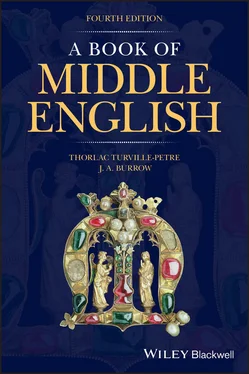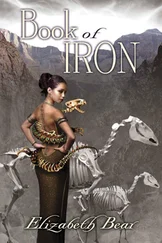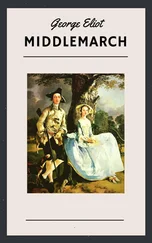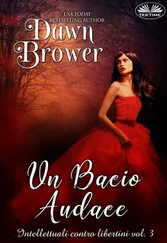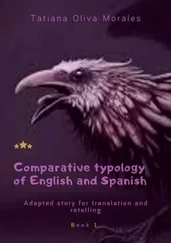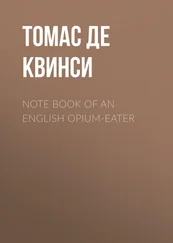| Ancrene Wisse |
Gawain |
| present indicative |
| sg . |
1 |
wulle |
wyl(le), wol |
|
2 |
wult |
wyl(t) |
|
3 |
wule |
wyl |
| pl . |
wulleð |
wyl |
| subjunctive |
| sg . |
wulle |
wyl |
| pl . |
wullen |
wyl |
| past indicative |
| sg . |
1, 3 |
walde |
wolde |
There are negative forms for all parts of the verb, illustrated by wolle thow, nulle thow , ‘whether you wish it or not’ (subjunctive), 7b/153. The verb may be run together with a personal pronoun, particularly in Southern texts (see 4.3.2).
This is particularly irregular, and has wide variation in form in different regions. Some parts of the present indicative have two forms from different stems; where there are alternatives the b‐ forms are often used in a future sense, as in swa þe bið alre laððest , ‘as shall be most hateful to you’, 3/152.
To illustrate the variety, here are the forms of the verb ‘to be’ in the language of the Ancrene Wisse and Gawain :
|
Ancrene Wisse |
Gawain |
| infinitive |
beon |
be, bene |
| present indicative |
| sg . |
1 |
am, beo |
am |
|
2 |
art, bist |
art |
|
3 |
is, bið |
is, betz |
| pl . |
beoð |
ar(n), ben |
| present subjunctive |
| sg . |
beo |
be |
| pl . |
beon |
be(n) |
| past indicative |
| sg . |
1 |
wes |
watz, was |
|
2 |
were |
watz, were |
|
3 |
wes |
watz, was |
| pl . |
weren |
wer(en) |
| past subjunctive |
| sg . |
were |
wer(e) |
| pl . |
weren |
wer(e), wern |
| past participle |
ibeon |
ben(e) |
Chaucer gives his Northern students is throughout the singular as extreme Northernisms.
Negative forms may be illustrated from Sir Orfeo : present nam , nis ; past nas , nere .
In Early Middle English, as in Old English, noun, adjective and pronoun agree in gender, as well as in case and number. The decay of the system of inflexions in nouns and adjectives and the simplification of the forms of the definite article, however, left nouns with progressively fewer indications of gender. In Old English se stān (nominative singular) is clearly masculine, and þre tale (genitive singular) clearly feminine, but the corresponding þe ston and þe tales in Middle English have no indications of gender. With such developments the notion of grammatical gender could not long survive, and it was replaced by the present distinction between human male, human female, and nonhuman: ‘natural gender’. Nouns in Early Middle English still commonly retain grammatical gender, as indicated by forms of the article, or by pronouns or adjectival inflexion; e.g. (with the nominative feminine of the definite article) þo ule , ‘the owl’, 2/26, he referring to halm , ‘helmet’, 3/19, scaft stærcne (with the ‐ne masculine accusative inflexion of the adjective), 3/59.
In later texts examples of references to inanimate objects as ‘he’ or ‘she’ are generally to be explained as personifications rather than as survivals of grammatical gender: ho , ‘she’, referring to suffraunce , 8/4, Zeferus … he , þe cler sunne … ho , 8/470–2.
There is variation in the treatment of collective nouns, such as ‘court’, ‘folk’, ‘world’, just as there is today: al þe tunscipe (sg.) flugæn (pl.), 1/49; al watz (sg.) þis fayre folk in her (pl.) first age , 9/54. In 8/157, bale , ‘packages’, is treated as a singular noun with plural sense.
A co‐ordinated group of nouns may be regarded as a single entity: þe sege and þe assaut watz sesed , 9/1.
After numerals nouns sometimes have no plural ending. Some (e.g. ʒer , ‘years’) may be explained as survivals of Old English nouns with unchanged plurals, and others (e.g. siþe , ‘times’) represent former genitive plurals after numerals (see 5.3.2 below). Examples are: xix wintre , 1/55, foure and twenty ʒere , 6/104, fyfty syþe , 14j/46. ‘Many’ is often accompanied by the singular: wes moni ʒimston , 3/17, mony luflych lorde , 9/38.
As in Old English, the neuter pronoun ‘it’ may be used with the verb are / were to refer to a plural subject: hit are my blody bretherne , 7b/217, hit arne refetyd , ‘they are fed’, 11/304.
5.3 Use of Cases
5.3.1 Nominative and Accusative
The nominative case is used for the subject, the accusative for the object, but the distinctions in form are rapidly lost from all except pronouns. In early texts the distinctions can still sometimes be observed in articles and adjectives: see 4.3.6 and 4.4.2.
The accusative is used after some prepositions in early texts, where it is still distinct from the dative: over bradne wæld , 3/115.
The genitive indicates possession: þe kinges halle , 5/410, þas monnes earen , ‘the ears of the man’, 2/338; or definition: Ancrene Wisse , ‘Guide for Anchoresses’ (with genitive pl. ending ‐ene ).
Occasionally the genitive is without ending (4.2.4), though often the relationship between the nouns is not clearly distinguishable from that of a noun‐compound where two nouns are in parallel. So while Uryn son , ‘Urien’s son’, 9/113, has an endingless genitive proper name, sister sunes , ‘nephews’, 9/111, might be analysed as ‘sister’s sons’ or ‘sister‐sons’. More clearly compounds are munster dor , 8/268, and sumere dale , 2/1.
The use of the of ‐phrase as an alternative way of indicating possession or definition becomes increasingly common. Compare the early Stephnes kinges time , 1/74–5, with the later expressions þe face of frelych dryʒtyn , 8/214, þe termes of Judé , 8/61.
In a few texts, mainly from the South‐West Midlands, the genitive inflexion is replaced by his . In this book it is found only in Trevisa: God hys heste , ‘God’s commandment’, 12/167; Seint Gregore hys bokes Dialoges , ‘St Gregory’s books “The Dialogues”’, 12/121–2. The construction becomes common for a time in Early Modern English.
Two or more genitive nouns may be in parallel: He wes Uðeres þas aðelen kinges , ‘It had been the noble king Uther’s’, 3/18. If the noun that governs the genitive expression is also present, the genitive group often splits around it, and only the first element is inflected, as in this example where love governs both lordes and Sir Orfeo , but the name is not inflected: mi lordes love Sir Orfeo , ‘my lord Sir Orfeo’s love’, 5/518. With the same word‐order is for the Lordes love of hevene , ‘for the love of the Lord of heaven’, 7b/16.
Читать дальше
